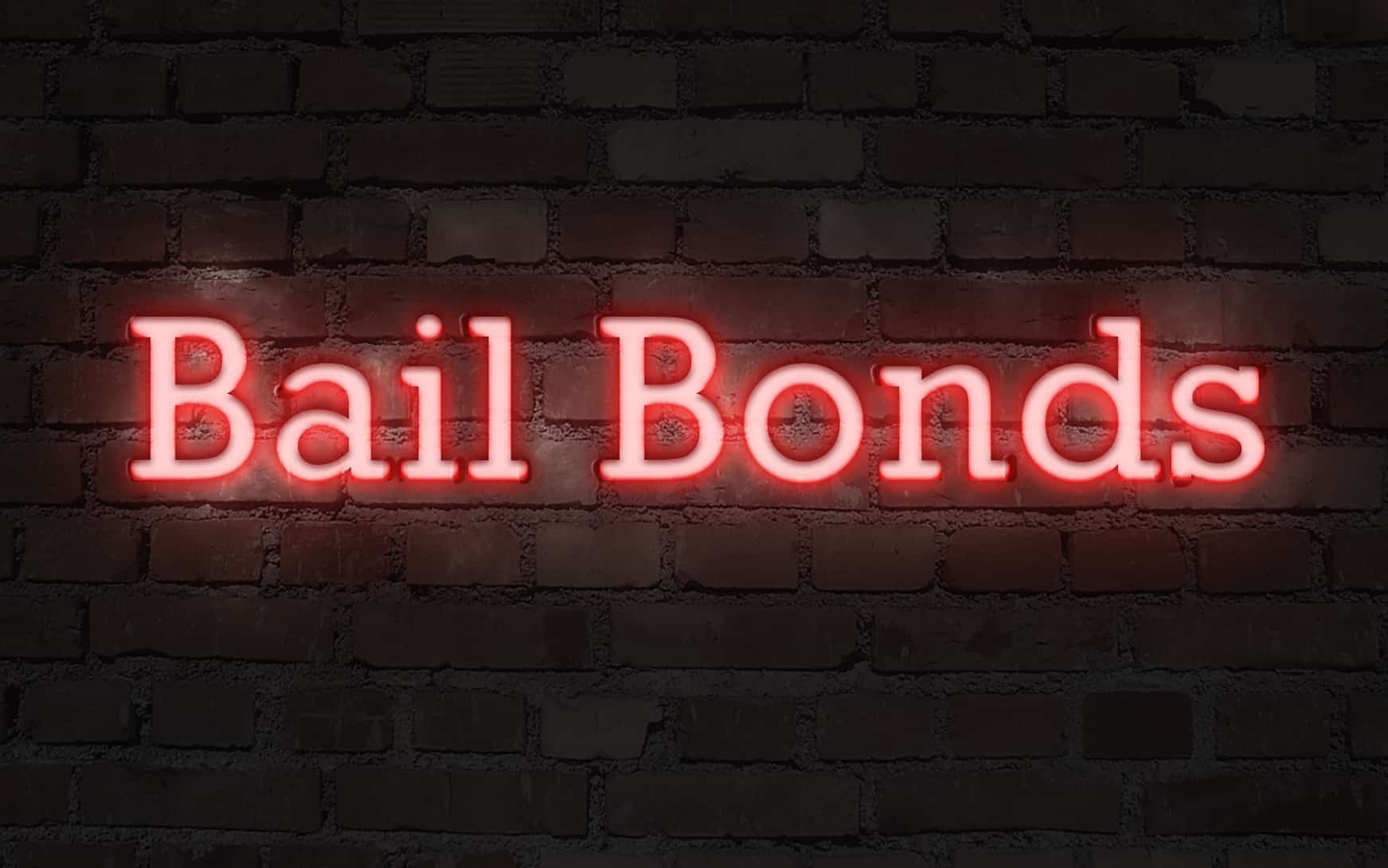Understanding the Essentials of Bail Bonds: What You Required to Know
Browsing the intricacies of bail bonds is a crucial aspect of the lawful system that can considerably impact the implicated's journey through court procedures. A bail bond works as a monetary guarantee for the court, helping with short-term release from custodianship while awaiting trial. The intricacies of just how bail bonds run, the numerous types available, and the important factors to consider in picking a trusted bail bondsman can be intimidating. Comprehending these aspects is essential, as the consequences of missteps might lead to unanticipated complications that extend far beyond the court room. What are the essential aspects that must grasp to efficiently navigate this procedure?
What Is Bail?
Bail is a monetary setup that allows a private implicated of a crime to be launched from protection while waiting for test. The key purpose of bail is to ensure that the accused shows up for future court procedures (Bail Bonds). Generally established by a judge, the bail quantity varies depending on the nature of the criminal activity, the defendant's criminal background, trip threat, and other essential elements
When bail is given, the charged or an agent needs to pay a specified amount, which might be in cash money or through a bail bond. In many cases, bail can be rejected completely, specifically for severe offenses or if the suspect postures a substantial risk to public safety. The concept of bail is rooted in the anticipation of virtue, strengthening the concept that people should not be punished prior to a sentence.

Comprehending Bail Bonds
A bail bond is a financial instrument that helps with the release of an implicated individual from protection, serving as an assurance for their look at future court days. This setup enables offenders to preserve their flexibility while waiting for trial, lowering the worries connected with incarceration. The bail bond process commonly includes a third-party company, understood as a bondsman, who offers the required funds to the court on behalf of the charged.
Bail bonds come in various kinds, consisting of guaranty bonds, residential or commercial property bonds, and money bonds, each with unique needs and effects. Surety bonds, the most usual type, require a premium settlement, generally a portion of the complete bail quantity, which is non-refundable. On the other hand, a property bond involves utilizing real estate as security, while cash bonds require the full bail total up to be paid in advance.
Understanding the subtleties of bail bonds is critical for offenders and their families. It is crucial to grasp the potential economic implications, consisting of obligations and charges to the bail bondsmansman, in addition to the lawful obligations linked to making certain court looks. Understanding of these elements help in making educated decisions throughout a tough time.
Just How Bail Bonds Work
The process of safeguarding a bail bond go to the website generally entails numerous essential actions that make sure the implicated can restore their flexibility while waiting for test. Initially, the private or their representative contacts a bondsman, who evaluates the instance and the associated threats. The bondsman will certainly need information about the accused, including the fees, the bail amount set by the court, and any type of appropriate personal information.
As soon as the bail bondsman concurs to supply the bond, the charged or their rep has to pay a non-refundable fee, typically a portion of the total bail amount. This fee makes up the bail bondsman for tackling the monetary danger of making sure the implicated appears in court. Sometimes, collateral may also be required, such as building or beneficial properties, which acts as protection for the bond.
After any type of collateral and the fee are prepared, the bail bondsman submits the required paperwork to the court. Upon authorization, the bail is posted, and the charged is released from safekeeping. It is essential for the implicated to stick to all court dates and conditions, as failing to do so can cause the forfeiture of the bond and potential lawful repercussions.
Kinds Of Bail Bonds
Various kinds of bail bonds are available to match different circumstances and demands. The most common kind is the surety bond, where a bondsman warranties repayment of the full bail total up to the court in exchange for a non-refundable fee, generally around 10% of the bail. This setup permits accuseds to protect their release without paying the entire bail upfront.
One more type is the cash bond, which calls for the defendant or a co-signer to pay the complete bail quantity in cash money straight to the court - Los Angeles Bail Bondsman. This alternative is usually favored for reduced bail quantities, as it makes sure the cash is returned upon the offender's appearance at all court process
Home bonds involve making use of genuine estate as security. In this case, the court puts a lien on the residential or commercial property, which can be waived if the defendant stops working to appear.
Lastly, government bail bonds are especially developed for government cases, often entailing greater quantities and additional intricacies. Comprehending these different bail bond types is crucial for offenders and their households in making informed decisions throughout a difficult time.
Selecting a Bond Bail Bondsman
When picking a bail bondsman, it is important to take into consideration numerous key elements that can influence the total experience and end result. Initially, evaluate the bondsman's track record by looking into on-line testimonials and getting referrals from relied on sources. A dependable bail bondsmansman will have a history of professionalism and trust and webpage effective situations.

It is also important to comprehend the cost framework. Most bail bondsmensman charge a non-refundable charge, generally around 10% of the bail quantity. Watch out for any kind of covert fees or uncommon settlement techniques. Openness in pricing is a trademark of a credible bail bondsman.
Conclusion
In recap, understanding the basics of bail bonds is important for people associated with the lawful system. Bail offers as a monetary assurance of court look, while various sorts of bail bonds provide to various situations. Comprehending the operational mechanisms of bail bonds and selecting a trustworthy bail bondsmansman can considerably influence the overall experience. A thorough examination of offered options makes certain informed decision-making, inevitably facilitating a smoother navigating through the complexities of the lawful process.
The details of how bail bonds operate, the different types available, and the important considerations in picking a trusted bail bondsman can be intimidating. The bail bond procedure normally involves a third-party firm, understood as a bond bondsman, that gives the necessary funds to the court on behalf of the charged.
The most usual type is the surety bond, where a bail bondsman guarantees repayment of the complete bail quantity to the court in exchange for a non-refundable cost, typically around 10% of the bail. Bail serves as a financial assurance of court appearance, while different kinds of bail bonds provide to various scenarios. Understanding the operational mechanisms of bail bonds and selecting a credible bail bondsman can dramatically influence the overall experience.